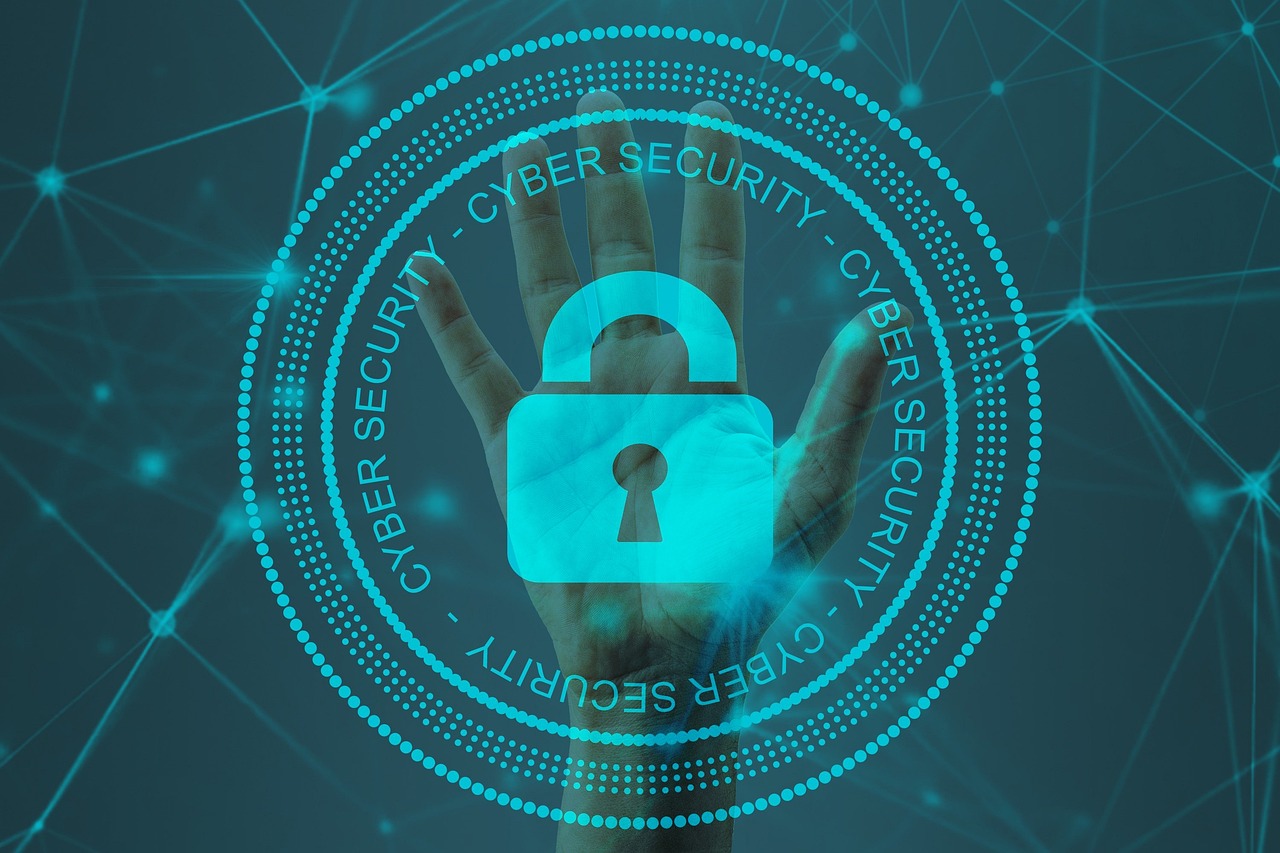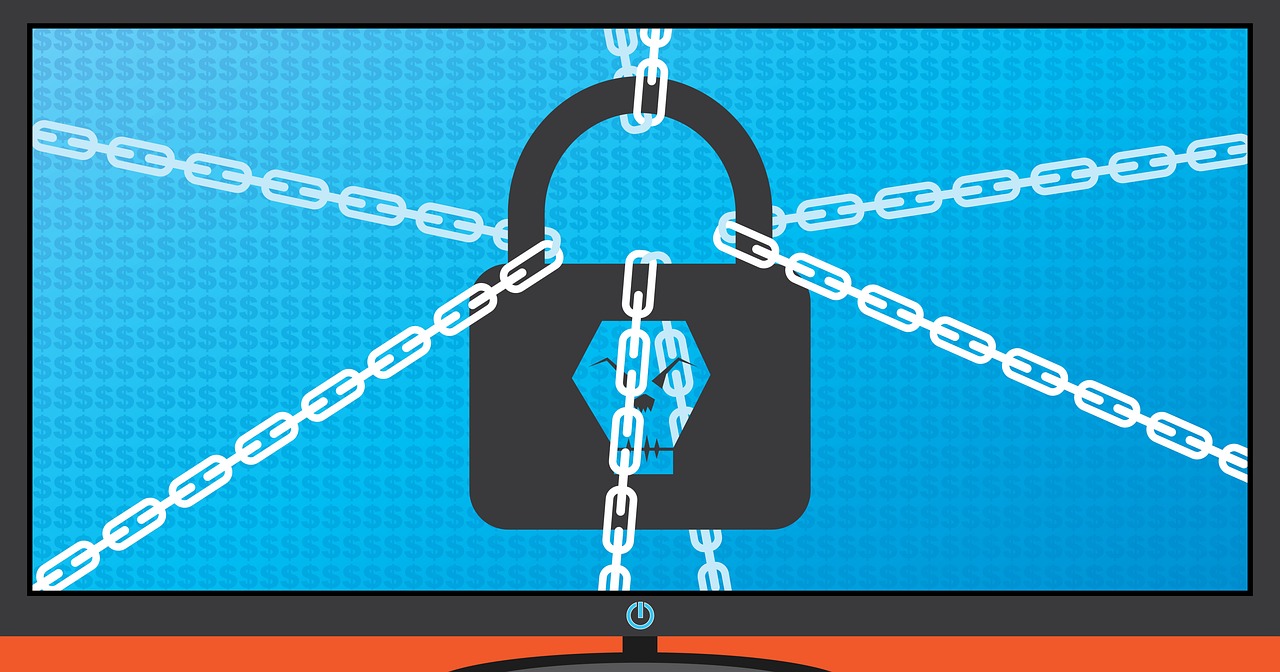
SSL: Your Customer Datas Silent Guardian
The internet is a vast landscape of interconnected data, and ensuring your connection to websites remains secure is paramount. You've probably noticed the padlock icon in your browser’s address bar or the "https" prefix – that’s SSL/TLS at work, silently encrypting your data and verifying the website’s identity. But what exactly is SSL, and why is it so vital for both website owners and users? Let's dive into the world of Secure Sockets Layer and Transport Layer Security to understand its crucial role in online security.
Understanding SSL/TLS: The Foundation of Secure Communication
SSL (Secure Sockets Layer) and its successor TLS (Transport Layer Security) are cryptographic protocols designed to provide secure communication over a network. Think of them as the digital handshake that establ...









